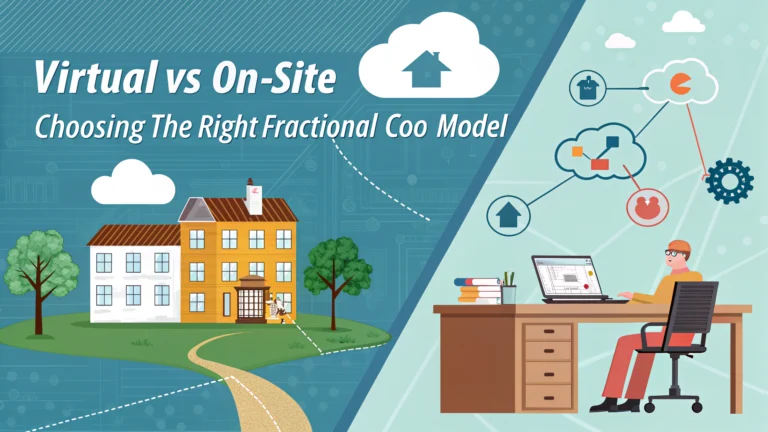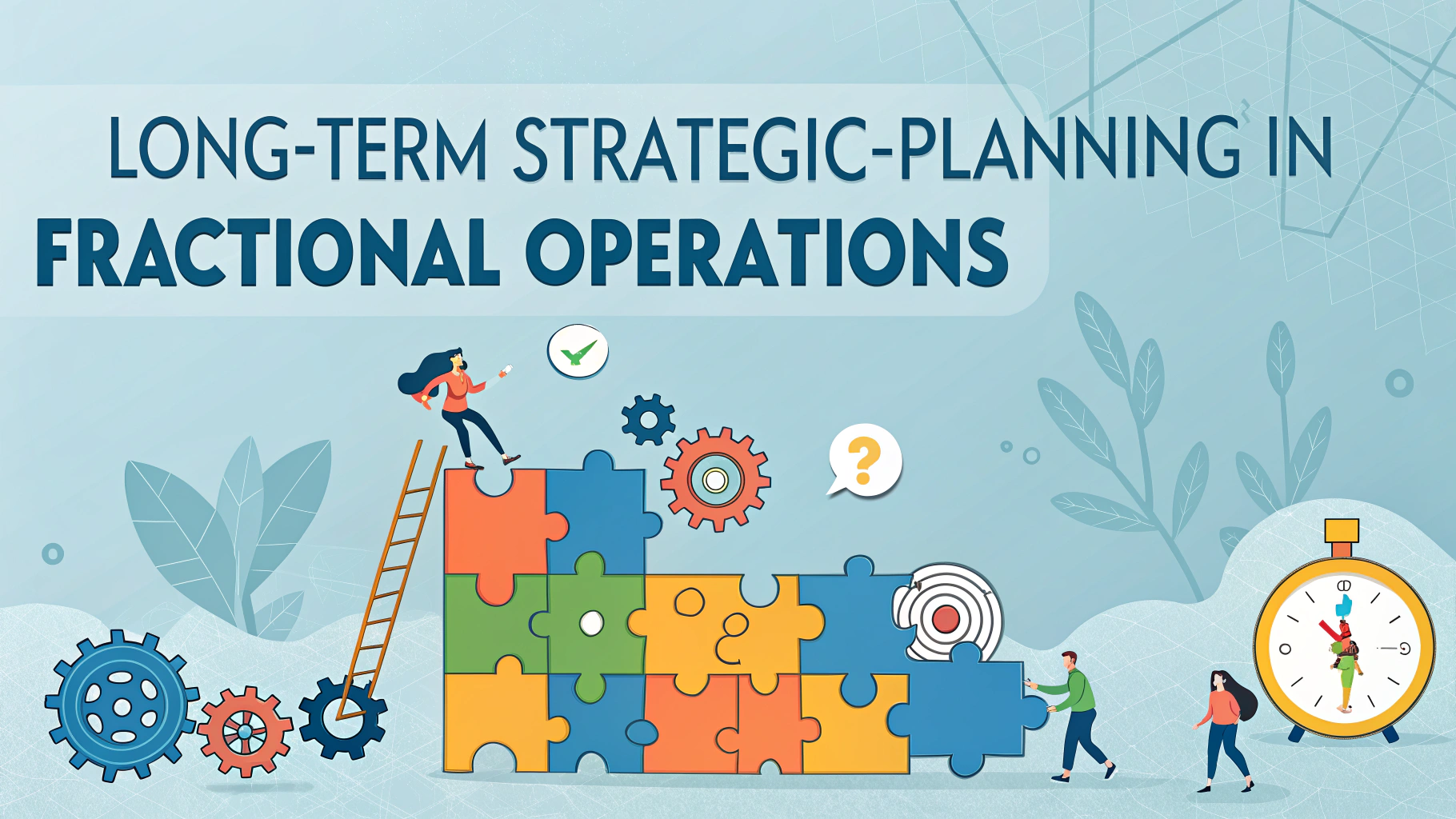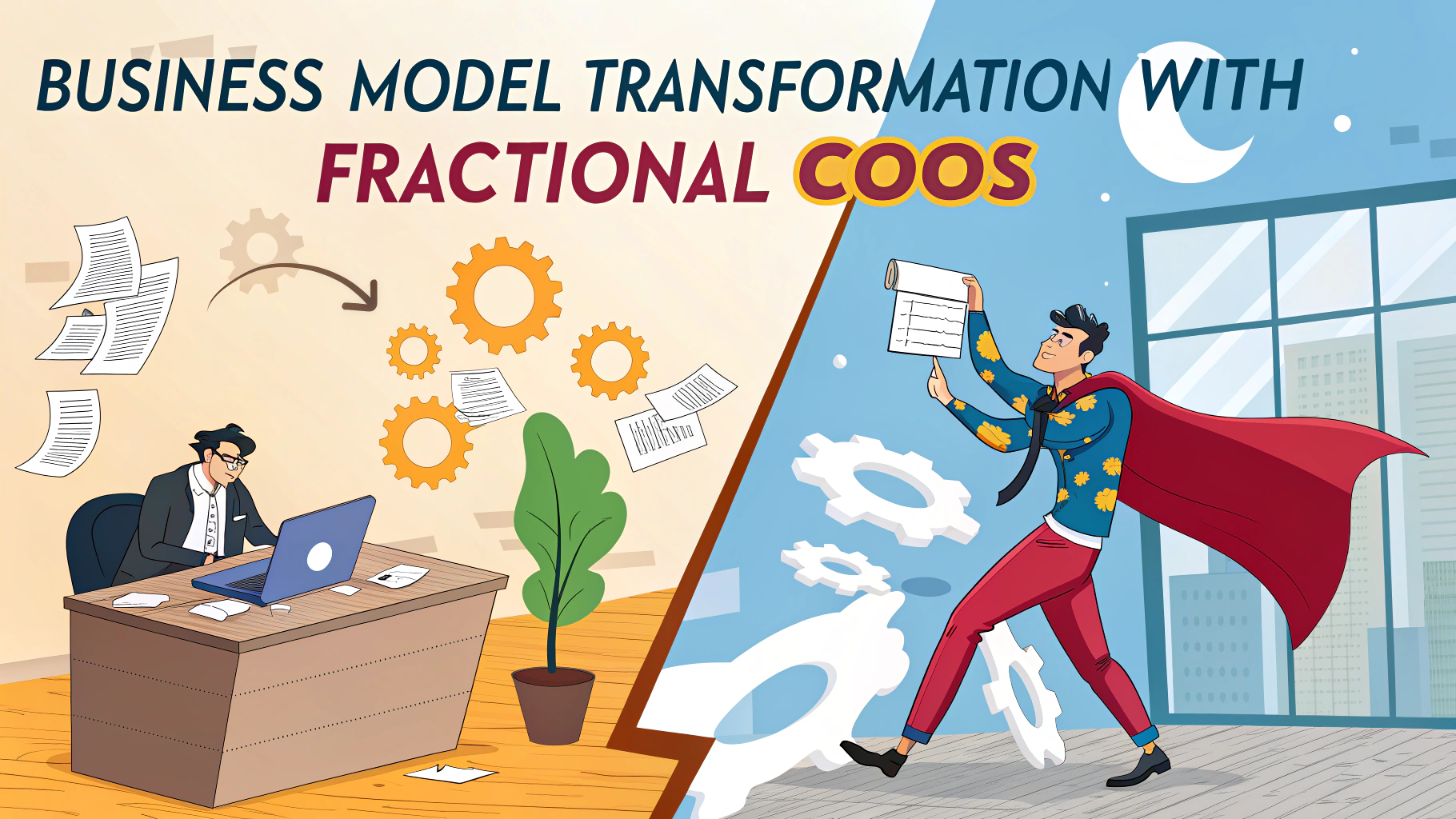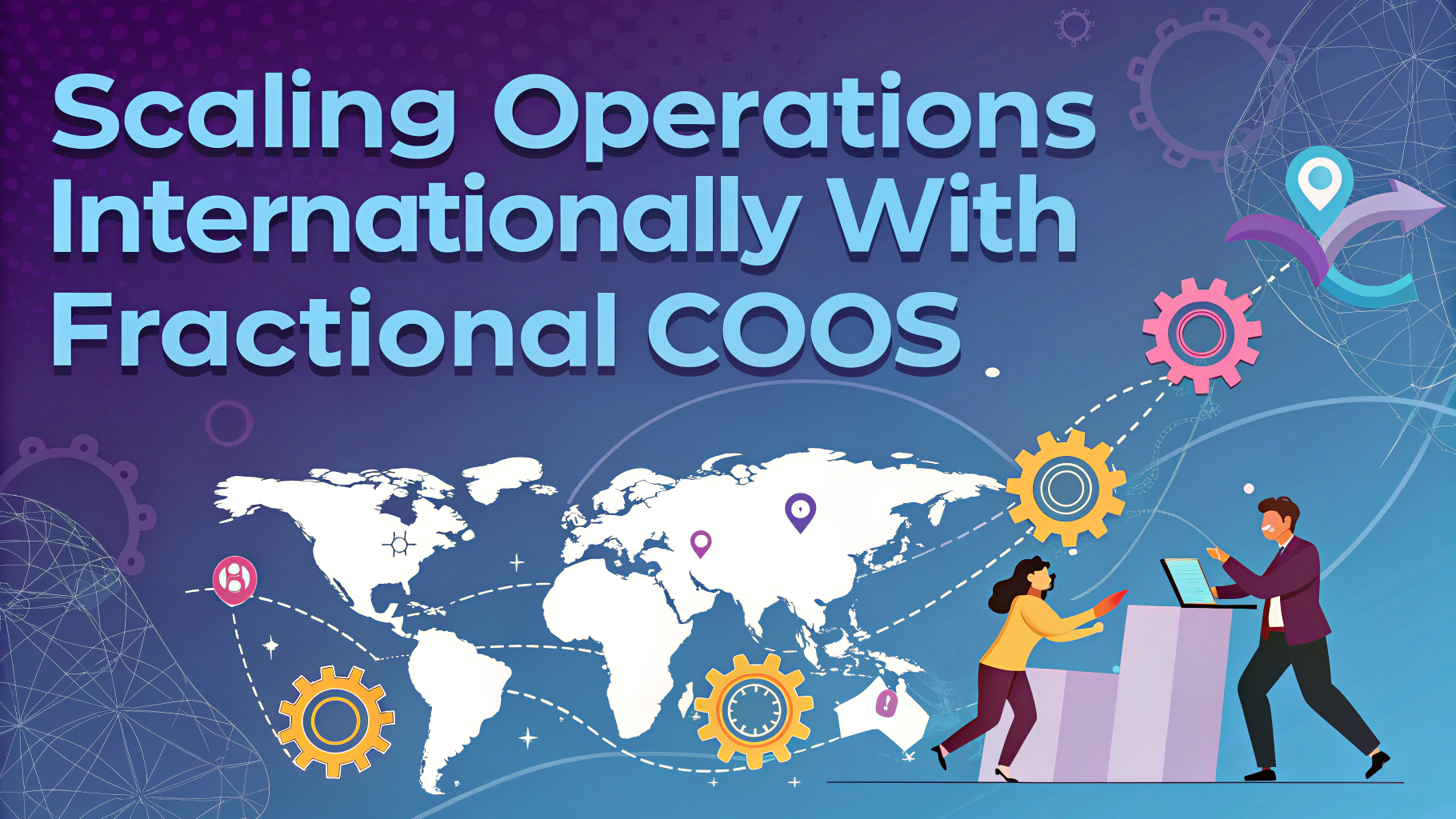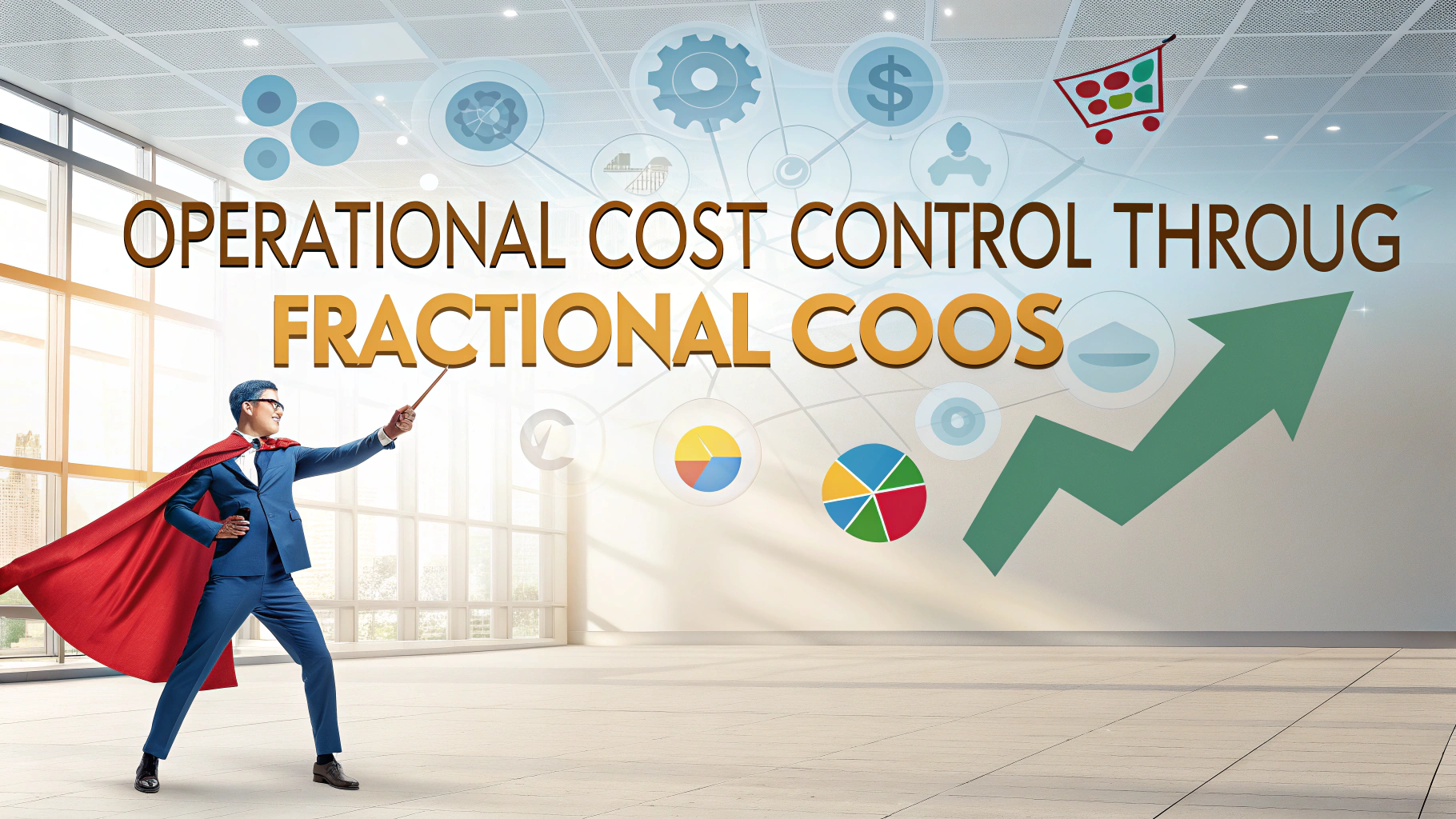Selecting between virtual and on-site fractional COO services represents a key decision for businesses seeking executive leadership without the commitment of a full-time hire.
Each model offers distinct advantages and challenges that can significantly impact organizational effectiveness and operational success.
Understanding the nuances of both virtual and on-site fractional COO arrangements helps companies make informed decisions aligned with their specific needs, culture, and growth objectives.
Virtual Fractional COO Model
- Cost-Effective: Lower overhead costs without travel expenses or office space requirements
- Flexible Scheduling: Easier coordination across different time zones
- Technology-Driven: Leverages digital tools for remote collaboration
- Broader Talent Pool: Access to executives regardless of geographic location
On-Site Fractional COO Model
- Direct Engagement: Face-to-face interactions with team members
- Cultural Integration: Better understanding of company culture and dynamics
- Immediate Response: Quick resolution of urgent operational issues
- Physical Presence: Hands-on involvement in daily operations
Choosing the Right Model
Consider your company size, industry, and operational complexity when selecting between virtual and on-site models.
| Factor | Virtual Better For | On-Site Better For |
|---|---|---|
| Company Size | Small to medium | Medium to large |
| Team Structure | Remote teams | Co-located teams |
| Budget | Limited resources | Higher investment capability |
Implementation Tips
- Establish clear communication protocols from day one
- Define specific performance metrics and goals
- Set regular check-in schedules regardless of model choice
- Invest in appropriate technology infrastructure
- Create detailed documentation systems
Common Challenges and Solutions
Virtual Model Challenges:
- Communication gaps – Solution: Use video conferencing and project management tools
- Time zone differences – Solution: Set core hours for availability
- Team bonding – Solution: Regular virtual team building activities
On-Site Model Challenges:
- Higher costs – Solution: Negotiate flexible schedules
- Geographic limitations – Solution: Consider hybrid arrangements
- Schedule conflicts – Solution: Plan visits strategically
Making Your Final Decision
Contact professional fractional COO service providers to discuss your specific needs – recommended resources include CEOxcellence and FractionalCOO.org.
Request references and case studies from potential fractional COOs to evaluate their success in both virtual and on-site scenarios.
Consider starting with a trial period to test your chosen model before making a long-term commitment.
Next Steps for Success
Document your requirements and expectations before engaging with potential fractional COO providers.
Set up evaluation criteria to measure the effectiveness of your chosen model.
Prepare your team for the integration of a fractional COO by establishing clear roles and responsibilities.
ROI Measurement
Establishing clear metrics to measure return on investment helps validate the effectiveness of your chosen fractional COO model.
- Quantitative Metrics:
- Operational cost reduction
- Process efficiency improvements
- Project completion rates
- Team productivity measures
- Qualitative Metrics:
- Team satisfaction levels
- Communication effectiveness
- Strategic goal alignment
- Leadership impact assessment
Risk Management Strategies
- Data Security: Implement robust security protocols for remote access
- Continuity Planning: Develop backup plans for potential disruptions
- Knowledge Transfer: Create systems for documenting institutional knowledge
- Contract Protection: Establish clear terms and exit clauses
Future-Proofing Your Decision
Scalability Considerations
- Plan for growth scenarios
- Build flexible engagement models
- Consider hybrid possibilities
Technology Integration
- Evaluate emerging collaboration tools
- Assess automation opportunities
- Plan for digital transformation
Maximizing Strategic Impact
Success with either virtual or on-site fractional COO services ultimately depends on strategic alignment and clear execution frameworks. Regular assessment of performance metrics, combined with agile adaptation to changing business needs, ensures sustainable value creation regardless of the chosen model.
- Maintain open communication channels
- Review and adjust strategies quarterly
- Foster a culture of continuous improvement
- Build strong relationships across all levels
- Stay focused on long-term objectives while managing daily operations
FAQs
1. What is the difference between a virtual and on-site fractional COO?
A virtual fractional COO works remotely using digital communication tools, while an on-site fractional COO physically works at your business location for set periods.
2. How do I determine if my business needs a virtual or on-site fractional COO?
Consider factors like your company size, operational complexity, team dynamics, budget, and whether your processes can be managed remotely or require physical presence for optimal results.
3. What are the cost differences between virtual and on-site fractional COOs?
Virtual fractional COOs typically cost less as they don’t incur travel expenses and can serve multiple clients efficiently. On-site COOs generally command higher rates due to travel time and physical presence requirements.
4. Can a virtual fractional COO be as effective as an on-site one?
Yes, particularly for digitally-oriented businesses or those with strong remote work infrastructure. Virtual COOs can be equally effective in strategic planning, process optimization, and team management through digital tools.
5. What technology infrastructure is needed for a virtual fractional COO?
You’ll need reliable video conferencing software, project management tools, document sharing platforms, and communication systems like Slack or Microsoft Teams.
6. How many hours typically does each model require?
Virtual fractional COOs usually work 10-20 hours per month, while on-site arrangements often require 20-40 hours monthly due to the nature of physical presence and direct interaction.
7. What industries are best suited for virtual versus on-site fractional COOs?
Technology, software, and service-based businesses often work well with virtual COOs, while manufacturing, retail, or operations-heavy industries may benefit more from on-site COOs.
8. What are the key success factors for each fractional COO model?
Virtual success depends on strong digital communication, clear processes, and team autonomy, while on-site success relies on effective in-person leadership, cultural fit, and hands-on operational oversight.
9. How do reporting structures differ between virtual and on-site models?
Virtual COOs typically establish structured digital reporting systems with regular video meetings, while on-site COOs can provide more immediate, face-to-face oversight and feedback.
10. What are the typical contract terms for each model?
Virtual arrangements often have more flexible contracts with monthly commitments, while on-site arrangements typically require longer-term commitments of 6-12 months minimum.
